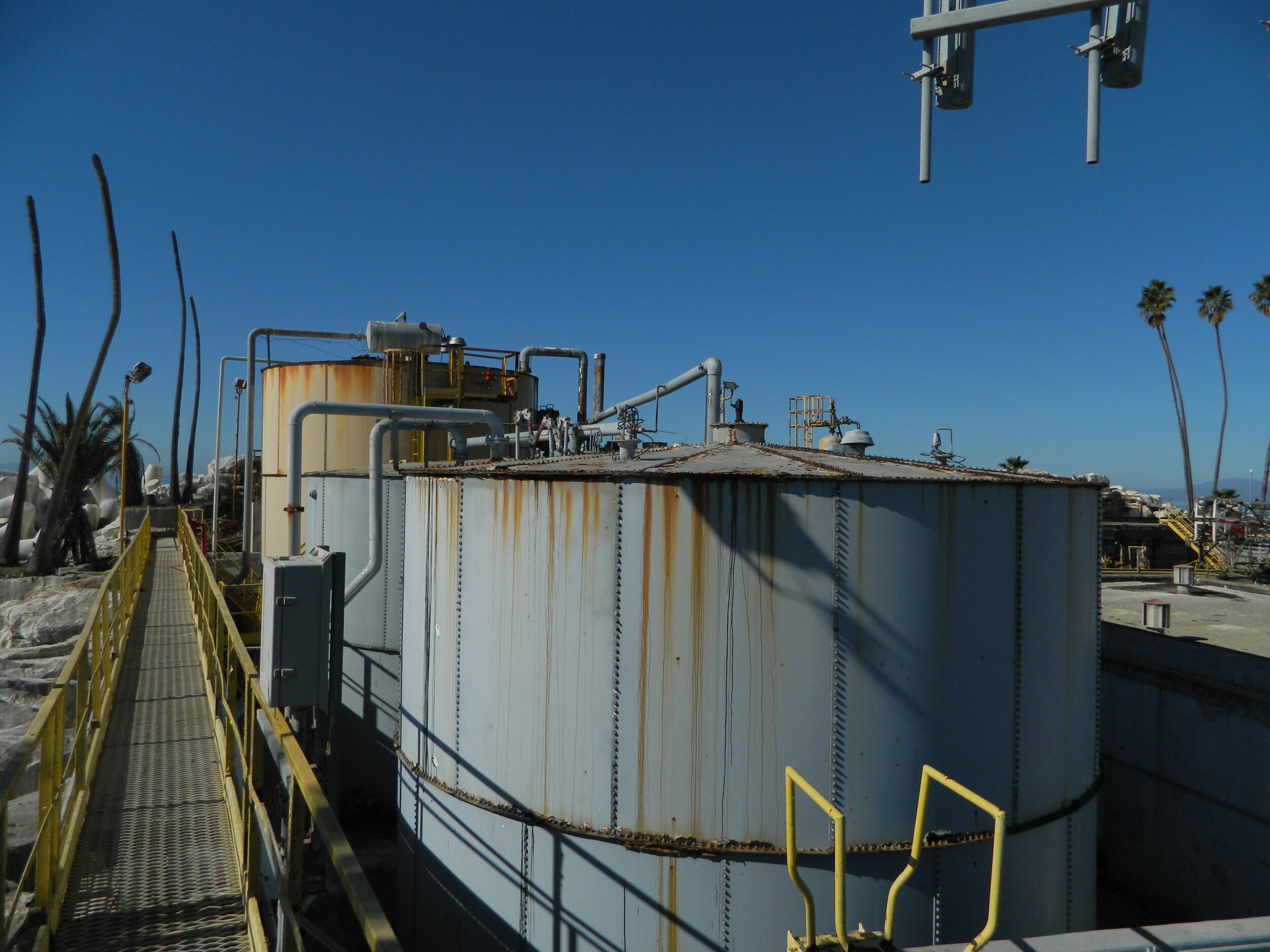
A Public Syllabus
Energy Justice on California’s Central Coast: A Public Syllabus seeks to enable participants’ understanding of the cultural values and ethical and ecological consequences built into the energy systems that fuel the Central Coast of California. By exploring three local energy events (the 1928 St. Francis Dam Disaster, the 2017 Thomas Fire, and the 1969 Santa Barbara oil spill), the syllabus investigates how energy systems continue to impact and contour the region geographically and socially. Through these units, we offer our definition of energy as the ability to do work. While we define energy in this way in order to draw attention to how the work being done is fueled — which in turn highlights unjust resource extraction, human labor, and hierarchies of power that structure the work — we recognize that this is a situated, culturally-specific definition.
We encourage participants to explore the Introduction, Part 1 for more developed and additional definitions of energy. To fully understand the nuances of these entangled energy forms (water, electricity, and oil), each event offers an in-depth look into the three individual energy forms through curated mixed-media resources and suggested field trips. While the syllabus works to enable a site-specific, place-based, and embodied experience of the Central Coast’s energetic entanglements, it also works to situate California as one node in the larger global system of energy extraction, generation, distribution, and use. Readers will therefore find moments of gesturing out that link these specific events to other energetic events outside the Central Coast.
Through its three central events, this public syllabus highlights for participants how energy systems, capitalism, climate change, and ongoing extractive colonialism are co-constitutive. Centering a focus on energy justice, this syllabus draws on and honors the long history of environmental justice theorizing and activism originating in BIPOC communities across the globe, and insists that BIPOC experiences and imaginings, and the experiences of other marginalized groups, are central to understanding energy systems.
Imagined primarily as a tool for activists and those interested in learning more about energy systems on California’s Central Coast, this syllabus aims to equip participants with an understanding of the intersecting power structures at the heart of energy. The syllabus can be approached in a number of ways. Readers can read linearly, moving through the syllabus from Introduction to Conclusion, or focus on one discrete event. We also offer tags that allow readers to search the content by keyword or media type. Finally, the field trips offer an embodied, place-based application of the topics presented here so readers can navigate these sites physically as well as conceptually.
Thank you for joining us as we move through these three events. We invite readers to continue considering ways that energy systems are imagined and presented as we collectively work towards achieving justice in our communities.
Syllabus Authors and Creators
Sarah Lerner
Nicky Rehnberg
Amaru Tejeda
Maria Zazzarino
Stephen Borunda
Jéssica Malinalli Coyotecatl Contreras
Sage Freeburg
Sage Gerson
Anthony Greco
